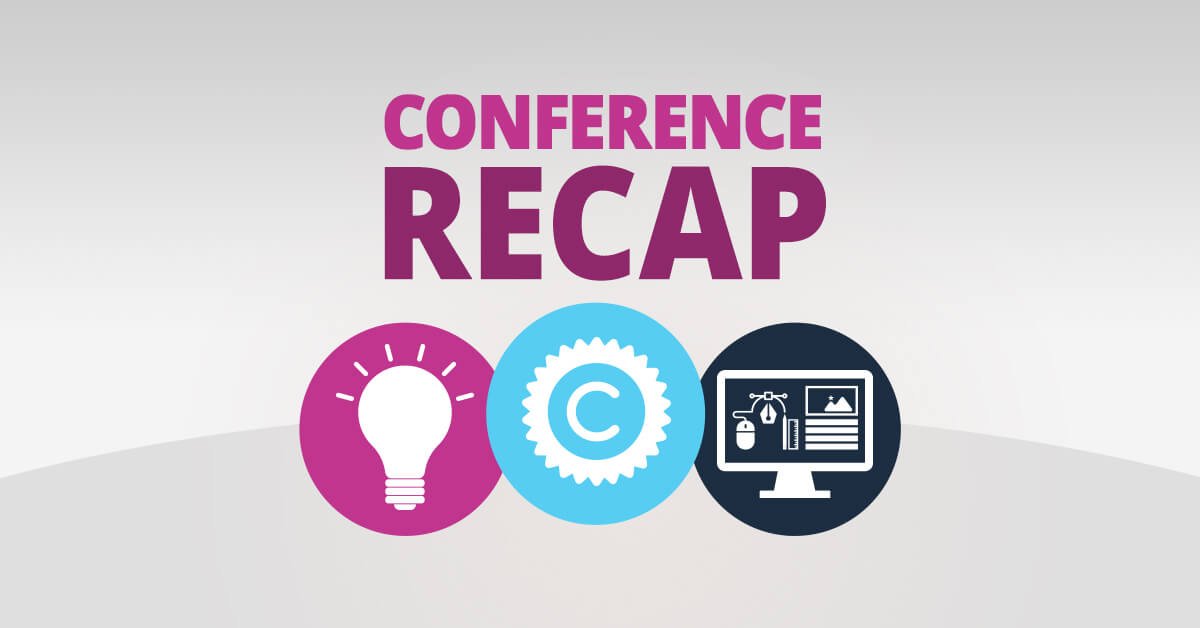Recently, Zion & Zion Art Director Tori Hauser and Associate PR Account Executive Malory Knutson attended the 2018 Brand New Conference in New York City. The two-day branding conference was jam-packed with talks from leading creatives from around the country and world, weighing in on topics spanning the spectrum of brand identity, design, and implementation.
The conference spawned from the Brand New blog that started in 2006. At the time, the blog was essentially a website where the author, Armin Vit, reviewed new and updated corporate logos. The site has since evolved into a valuable resource where you can find lengthy, in-depth opinions and insight on brand identity work. The annual conference is an extension of the current website, hosting the most active and influential practitioners from around the world, from large in-house corporate teams to small firms.
Of course, the Brand New Conference itself had its own impressive branding. Because the conference was held in NYC, they went with a “concrete jungle” theme, and actually made the conference badges, programs, and a leave-behind all out of concrete! The typography was also inspired by etched inscriptions and signage found around on New York buildings and structures. The well-done conference branding set the stage for the impressive speaker lineup that we were going to hear from throughout the conference.
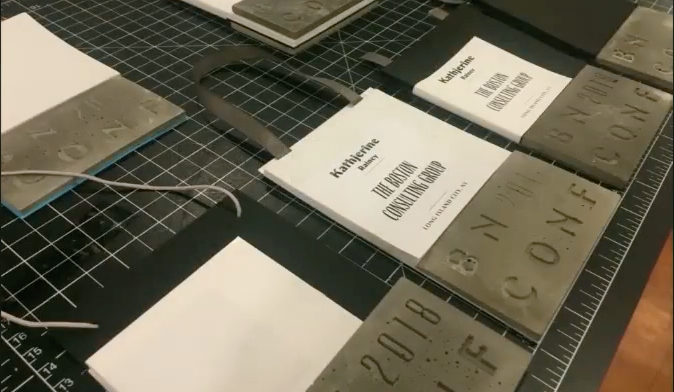

From the list of notable speakers at the conference, there were several we heard from that really resonated with us, giving us some key takeaways to bring back to the Zion & Zion team.
Leland Maschmeyer, Chobani
Leland Maschmeyer is the Chief Creative Officer of Chobani. Leland had a large task at hand, which was to rebrand the well-known yogurt brand to make it stand out among all the different, yet very similar, brands of yogurt on the shelf. While Chobani had many copy-cat competitors, Leland saw that the real issue was that Chobani had an identity problem. There wasn’t a main idea tying their many products and messaging together.
In Leland’s presentation, he shared that just because you have a well-liked named product (like Chobani), does not mean you have a brand. To transform Chobani, he and his team embarked on a two-year journey to create a brand identity that would be much harder to replicate by competitors. Leland went on to talk about what he thinks a brand identity is, and those ideas turned into the ways to measure the success of the rebrand.
Leland defined a brand as the following:
- A brand is something that lets you command a premium price in the marketplace.
- A brand is something that makes marketing with it more efficient. If a brand is recognizable there are already feelings associated with the logo, look, and feel.
- A brand is something that gives a company credibility to grow. Because the company has a trusted identity that already has resonance, there should be little time spent on getting to know or trust the brand.
The new Chobani brand consisted of an updated logo, new photography style, custom illustration style, and their own typeface. The whole updated brand look and feel is magical and sets them apart from their competition. The creative rebrand has unlocked the Chobani’s business problem of becoming a commodity, and gives the brand a story to tether to has given them a future. You can see the full Brand New writeup on the Chobani rebrand here.

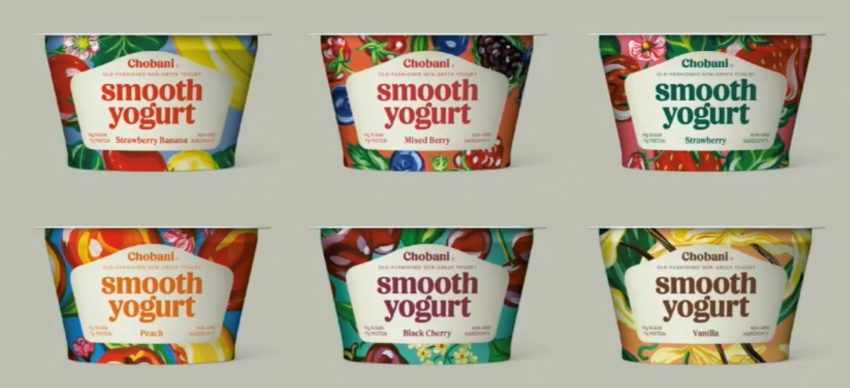
Sue Murphy, Wieden+Kennedy
Another noteworthy speaker was Sue Murphy. Sue is a Design Director at Wieden+Kennedy. In her talk, she focused how branding meets advertising. From her experience, there are three approaches.
1. Create brand-new ideas
A brand-new idea leads to brand principles and brand rules. That expand into icons, illustrations, photography, color palate, typography, etc.
2. Evolve brands over time
This can be a gradual change—it doesn’t have to be a one-and-done project. Longstanding brands can lose their way, and evolving those brands is key. Designers that truly know the brand can spread their wings and make this happen.
3. Switch brands up
There’s a time and a place for consistency, and a time and a place for dressing up. Sue put it this way, if we get all dolled up for a night out, or the season changes and we switch up our wardrobe, people still know who we are. This goes for brands too. A brand’s voice can change tones at times (just like a person), if the occasion calls for it.
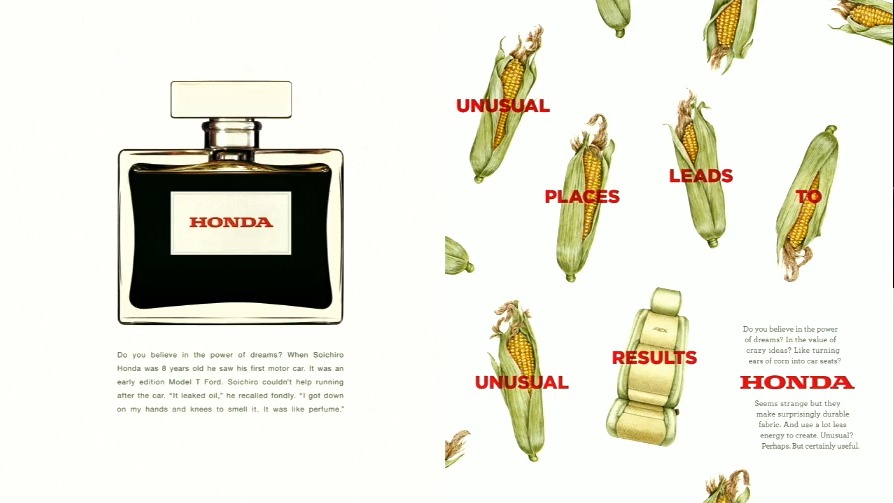
Neil Blumenthal, Warby Parker
Neil Blumenthal is the Co-Founder and Co-CEO of Warby Parker. He built an awesome, disruptive eyeglass brand from the ground up (literally, the first showroom was in his apartment), and what he has done is truly impressive. There were several key takeaways from Neil’s talk.
- Brands can influence culture and to connect with humans and society. You can build a lifestyle and a meaning around a particular brand – if you have authenticity.
- Take small risks and learn from them. By constantly iterating, questioning, and improving, you will continually refine your brand/product.
- A brand exists in several forms/layers – it’s not just a logo! It lives in the brand design, retail design, product design, and experience design – basically everything the customer touches. They are all important and should all be aligned for a holistic customer experience.
- Use design thinking to solve problems, specifically problems that a customer or potential customer might face. At Zion & Zion, our team members are trained in design thinking as well, so this talk especially resonated with us.
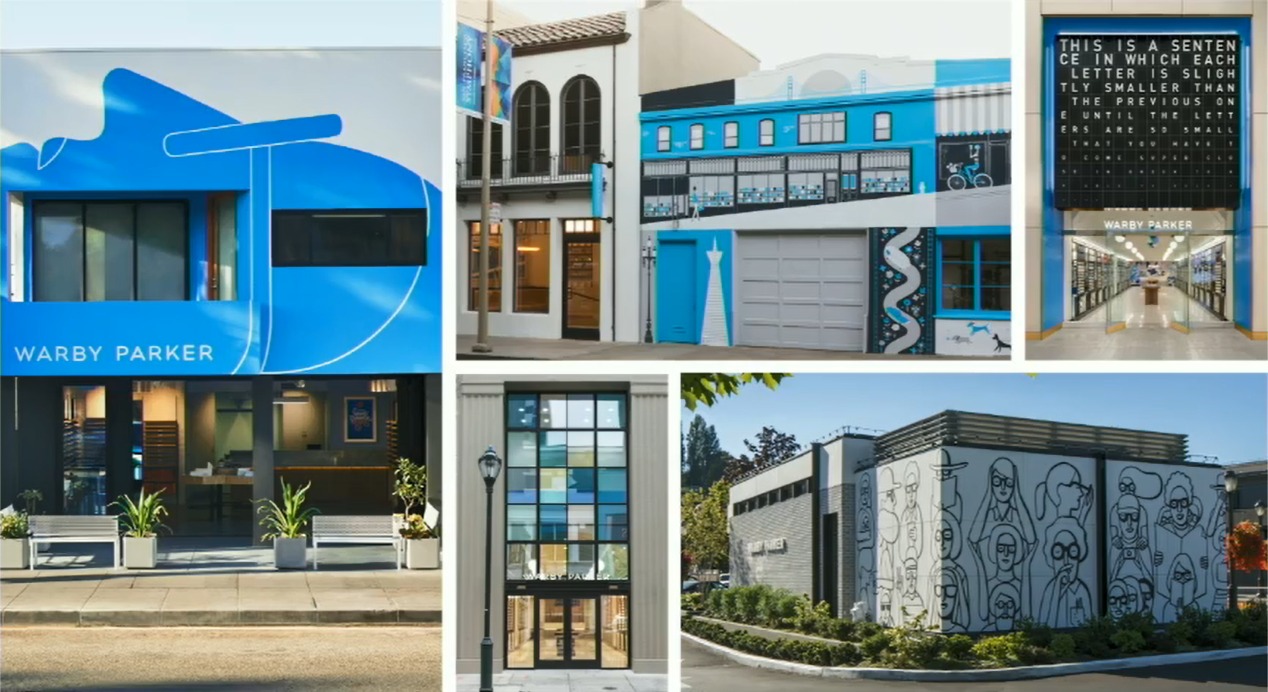
In Conclusion
Attending the Brand New Conference in NYC left us inspired and ready to get back to work on our own clients’ brands at Zion & Zion!
